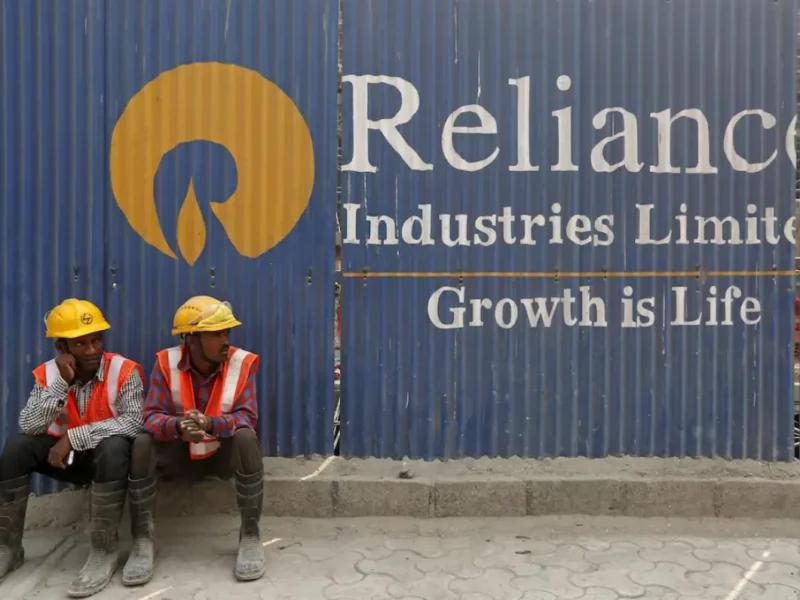
IMF Cuts India Growth to 9.5% Due to Covid Delta Variant, But Remains Fastest-growing Large Economy
Haryana Chief Minister Manohar Lal Khattar inaugurated the Hyundai Motor India Corporate Office at Sector 29 near Crown Plaza Hotel on July 27, 2021 in Gurugram, India. (Vipin Kumar/Hindustan Times via Getty Images)
By ARUL LOUIS/IANS
UNITED NATIONS – The Delta variant-spurred Covid-19 second wave has shaved off 3 percent from the International Monetary Fund’s previous projection for India’s economic growth for fiscal year 2021-22, pegging it now at 9.5 percent, but the country still remains the world’s fastest-growing large economy.
The IMF’s World Economic Outlook Update July 27 made the cuts to the projection of 12.5 percent made in April, and the January projection of 11 percent.
“Growth prospects in India have been downgraded following the severe second Covid wave during March-May and expected slow recovery in confidence from that setback,” said the update released in Washington.
The IMF stressed the importance of vaccinations in the economic recovery from the pandemic and noted that countries like India that lagged in the rate of vaccinations would suffer if more infectious variants developed.
Despite the cut, India is projected to remain the fastest-growing large economy, followed by China with a gross domestic product growth of 8.1 percent — 0.3 percent less than the projection made in April.
The U.S. and the UK come next with growth projections of 7 percent each – an increase of 0.6 percent since April for the U.S. and 1.7 percent for the UK.
India’s growth rate is expected by the IMF to moderate next year to 8.5 percent, an increase of 1.6 percent from the April projection, and continue to be the fastest growing economy.
The 9.5 percent growth rate for India would be one of the highest recorded by the country, behind the 10.3 percent in 2010, 9.8 percent in 2007 and 9.6 percent in 1988, according to IMF data.
But this fiscal year’s high growth rate reflects a bounce back from the economy shrinking by 7.3 percent during the last fiscal year, which in that context would seem less impressive.
The IMF kept the growth forecasts for the global economy at 6 percent this year and 4.9 percent next year that were made in April.
Access to Covid-19 vaccines around the world and overcoming vaccine hesitancy where they are available could determine the trajectory for growth, according to the IMF.
The WEOU said that amid the pandemic, there was a high degree of uncertainty for the global economy, “primarily related to the prospects of emerging market and developing economies.”
“Although growth could turn out to be stronger than projected, downside risks dominate in the near term,” it said.
It said that in an optimistic scenario, “better global cooperation on vaccines could help prevent renewed waves of infection and the emergence of new variants, end the health crisis sooner than assumed, and allow for faster normalization of activity, particularly among emerging market and developing economies.”
But looking at the risks, the IMF said that “growth would be weaker than projected if logistical hurdles in procuring and distributing vaccines in emerging market and developing economies lead to an even slower pace of vaccination than assumed. Such delays would allow new variants to spread, with possibly higher risks of breakthrough infections among vaccinated populations.”




